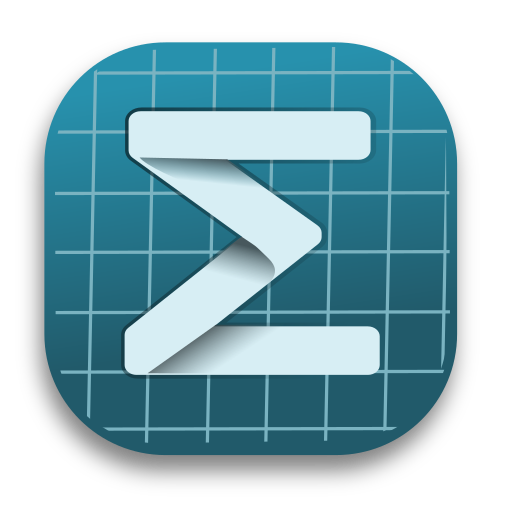What is Mogan
Mogan is a structured STEM suite delivered by Xmacs Labs consisting of 3 libre software products:
| Name | What | Status |
|---|---|---|
| Mogan Research | one of the distribution of GNU TeXmacs which is a structured scientific editing platform | stable |
| Mogan Code | Structured code editor based on the GNU TeXmacs kernel | developing |
| Mogan Beamer | Beamer-like presentation tool based on the GNU TeXmacs kernel | developing |
GNU TeXmacs is a structured scientific editing platform developed since the late 1990s by Joris van der Hoeven, a mathematician at CNRS in France. It is designed to write high-quality technical documents using an intuitive and easy-to-use graphical interface, and able to achieve the same level of results as LaTeX. Currently, its primary users are concentrated among university students, primary and secondary school teachers, and researchers in higher education institutions.
Major Features
GNU TeXmacs is a free scientific editing platform designed to create beautiful technical documents using a wysiwyg interface.
- It provides a unified and user friendly framework for editing structured documents with different types of content: text, mathematics, graphics, interactive content, slides, etc.
- TeXmacs can be used as a graphical front-end for many systems in computer algebra, numerical analysis, statistics, etc.
- Documents can be saved in TeXmacs, Xml or Scheme format and printed as Pdf or Postscript files. Converters exist for TeX/LaTeX and Html/Mathml. Notice that TeXmacs is not based on TeX/LaTeX.
- Its rendering engine uses high-quality typesetting algorithms so as to produce professionally looking documents, which can either be printed out or presented from a laptop.
- New styles can be written by the user and new features can be added to the editor using the Scheme extension language.
- Runs on all major Unix platforms, macOS, and Windows.
Mogan Research inherits all the above features from GNU TeXmacs (see the homepage of GNU TeXmacs), so it can also be used as a efficient study tool for students, teachers, and researchers in science and technology, and suitable to create high-quality assignment documents, report slides, and LaTeX-level papers. Based on GNU TeXmacs, Mogan has more bugs fixed, performance-optimized, and the interface beautified.
Video: A quick tour of GNU TeXmacs
The birth of Mogan Editor (2022)
Darcy Shen released Mogan Editor v1.0.0 on January 30, 2022, based on Massimiliano Gubinelli's S7 Scheme port, and created Xmacs Labs, a non-profit organization that aims to popularize GNU TeXmacs and make it available for everyone to enjoy exploring science and technology via the excellent software developed by Joris van der Hoeven.
The Name "Mogan"
Mogan is named after Mount Mogan, a famous attraction in my hometown. 墨干(Mogan) literally means "dried ink". The word is derived from 莫干(Mogan) which is a combination of 莫(Mo) and 干(Gan).
Repositioned as Mogan STEM Suite (2023)
Mogan Editor has been renamed and repositioned to Mogan STEM Suite since v1.2.0.

